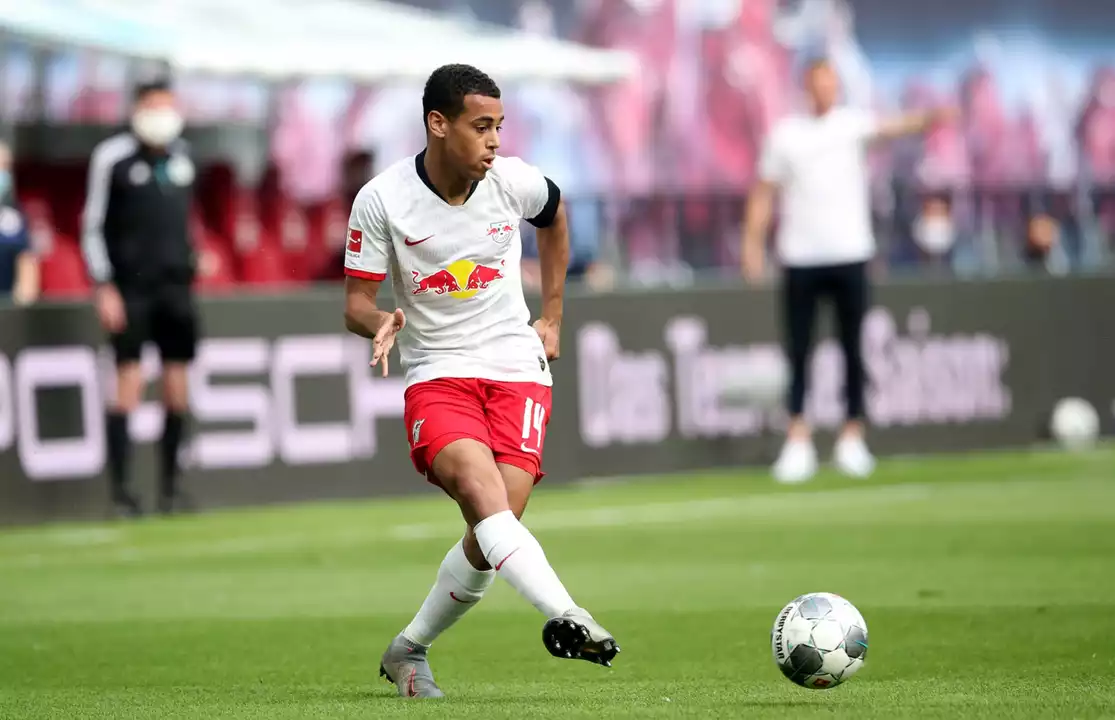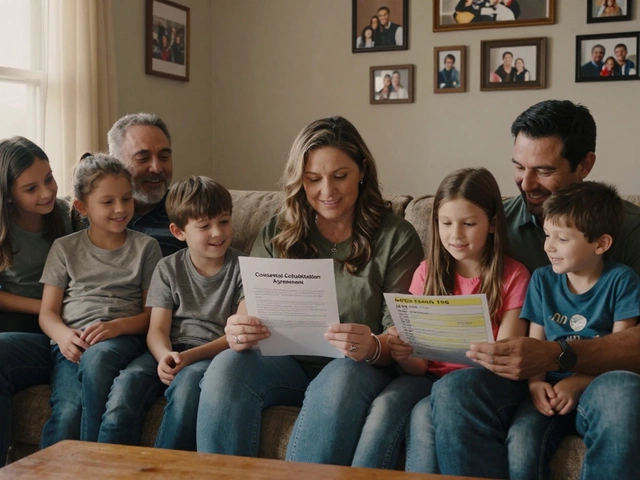All Positions in Soccer – What They Do and How to Play Them
Whether you’re a youngster in a school team or a seasoned amateur, knowing what each spot on the pitch demands can boost your confidence and performance. From the shot‑stopper in goal to the poacher up front, every role has a purpose, a set of duties and a skill set you can train.
Understanding Each Role
Goalkeeper: The last line of defence. Your job is to keep the ball out, command the box on set pieces and start attacks with quick distribution. Work on positioning, handling and a strong, accurate throw or kick.
Full‑backs (right‑back/left‑back): They protect the flanks and also push forward to support wingers. Speed, stamina and good crossing ability are essential. When you see a winger beating you, stay compact and force them inside.
Centre‑backs: They guard the middle, win aerial duels and organize the defence. A solid tackle, good heading and clear communication with the keeper keep the back solid.
Defensive midfielders: Think of them as the team’s anchor. They break up attacks, recycle possession and shield the defence. Focus on tackling, passing under pressure and reading the game.
Attacking midfielders: They link the midfield to the forwards, create chances and often score. Vision, quick feet and a good shot from distance make you dangerous here.
Wingers: Speed down the line, beating full‑backs and delivering crosses or cutting inside to shoot. Work on dribbling at pace and accurate crossing.
Strikers: The goal‑getters. You need sharp finishing, smart movement and the ability to hold up play. Practice both one‑on‑one finishing and heading.
Choosing the Right Position for You
Start by asking what you enjoy most. Love diving at the feet of attackers? Try goalkeeper or centre‑back. Prefer running at high speed and taking on defenders? Give the wing a go. If you’re a natural passer with good vision, midfield might suit you.
Don’t be afraid to experiment in training. Many great players switched roles – see how Jamie Carragher highlighted defensive gaps that could have cost Liverpool; understanding those gaps helps any defender improve.
Physical attributes matter too. Tall players often excel in centre‑back or striker roles where heading is vital, while shorter, agile players shine as wingers or attacking midfielders.
Finally, study formations. A 3‑5‑2, for example, asks centre‑backs to stay compact, wing‑backs to cover the whole flank, and provides two strikers to press high. Knowing how each position fits into a system lets you adapt when managers switch tactics.
Keep practicing the core skills for your chosen spot, watch games to see how pros handle the same duties, and ask coaches for specific feedback. Mastering any position takes time, but the more you understand the role, the easier it becomes to make an impact on the field.

Which soccer player is the best for all positions?
by Alistair McKinley / 10 May 2023In my latest blog post, I discuss the ever-debated topic of which soccer player is truly the best for all positions on the field. After analyzing various statistics, comparing skill sets, and considering versatility, it's a tough call to make. However, I believe Lionel Messi stands out as the most well-rounded player, with his incredible vision, dribbling ability, and goal-scoring prowess. Of course, every player has their strengths and weaknesses, and opinions on this topic can vary greatly. I invite you all to check out the full post and share your thoughts on who you think is the best soccer player for all positions.


